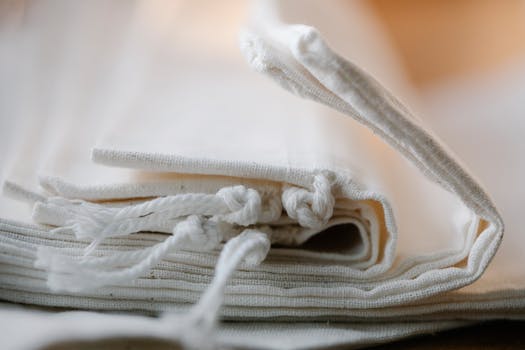
Natural Fibers, Global Markets: Africa’s Role in the Sustainable Textile Revolution
Natural Fibers, Global Markets: Africa’s Role in the Sustainable Textile Revolution. The world is witnessing a significant shift towards sustainable and eco-friendly products, and the textile industry is no exception. Natural fibers, such as cotton, hemp, and flax, are gaining popularity as consumers become more conscious of the environmental impact of their purchases. Africa, with its rich natural resources and diverse fiber production, is poised to play a vital role in this revolution.
Africa’s natural fiber production is characterized by a wide range of crops, including cotton, jute, kenaf, and sisal. These crops are not only a source of income for many small-scale farmers but also provide a unique opportunity for sustainable textile production. The use of natural fibers in textile production reduces the environmental footprint of the industry, as they require less water and pesticides compared to synthetic fibers.
Africa’s Natural Fiber Production
Cotton is one of the most widely produced natural fibers in Africa, with countries such as Egypt, South Africa, and Nigeria being among the top producers. However, other natural fibers like jute, kenaf, and sisal are also gaining attention for their potential in sustainable textile production. Jute, for example, is a highly versatile crop that can be used to produce a range of products, from packaging materials to clothing.
The production of natural fibers in Africa is not without its challenges, however. Many small-scale farmers face difficulties in accessing markets, financing, and technology, which can limit their ability to produce high-quality fibers. Additionally, the lack of standardization and quality control can make it difficult for African natural fibers to compete with those from other regions.
The Global Market for Natural Fibers
The global market for natural fibers is growing rapidly, driven by increasing consumer demand for sustainable and eco-friendly products. The market is expected to reach $53.4 billion by 2025, with the textile industry being a significant driver of this growth. Africa, with its rich natural resources and diverse fiber production, is well-positioned to capitalize on this trend.
However, Africa’s natural fiber industry faces significant competition from other regions, particularly Asia, which has a well-established textile industry. To remain competitive, African producers must focus on producing high-quality fibers that meet international standards, as well as investing in technology and innovation to improve efficiency and productivity.
Sustainability and Environmental Benefits
The use of natural fibers in textile production has numerous environmental benefits, including reduced water and pesticide use, lower greenhouse gas emissions, and improved soil health. Natural fibers are also biodegradable, reducing the amount of waste generated by synthetic fibers.
Africa’s natural fiber industry can also contribute to sustainable development by providing income and employment opportunities for small-scale farmers and rural communities. The production and processing of natural fibers can create a range of employment opportunities, from farming and harvesting to processing and manufacturing.
Conclusion
Africa’s natural fiber industry has the potential to play a significant role in the sustainable textile revolution. By leveraging its rich natural resources and diverse fiber production, Africa can create new opportunities for economic growth and environmental sustainability. However, to remain competitive, African producers must focus on producing high-quality fibers, investing in technology and innovation, and promoting sustainability and environmental benefits.

